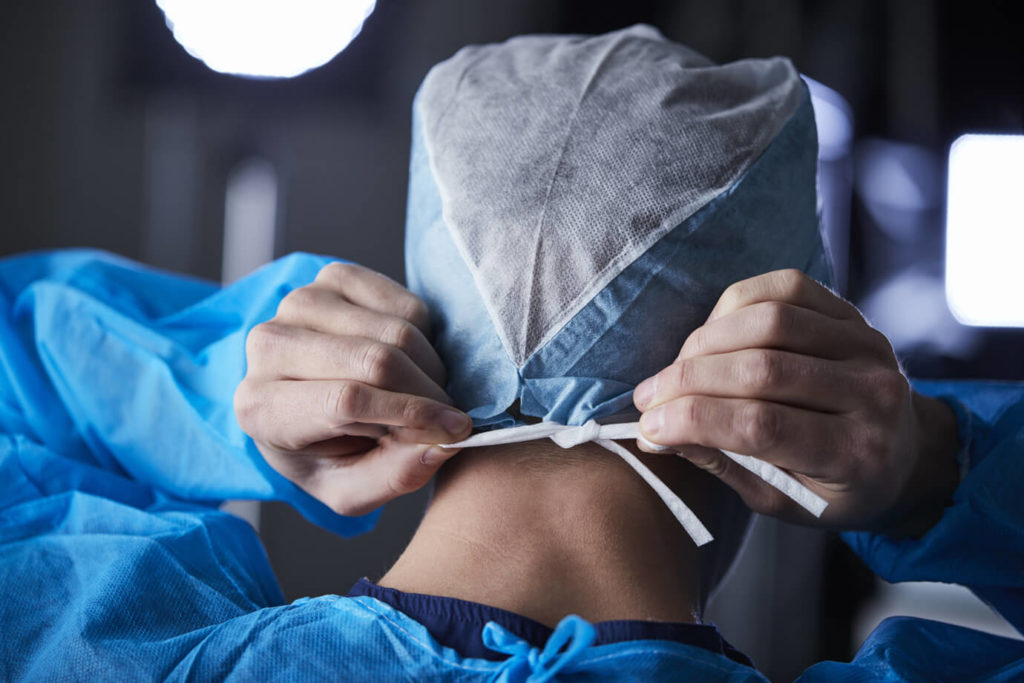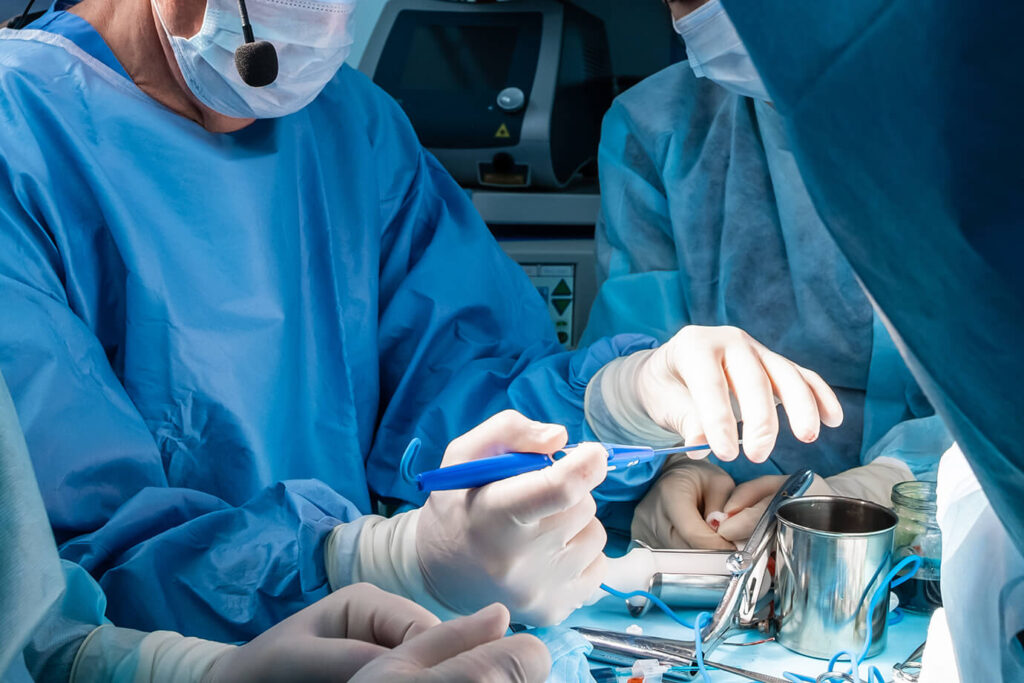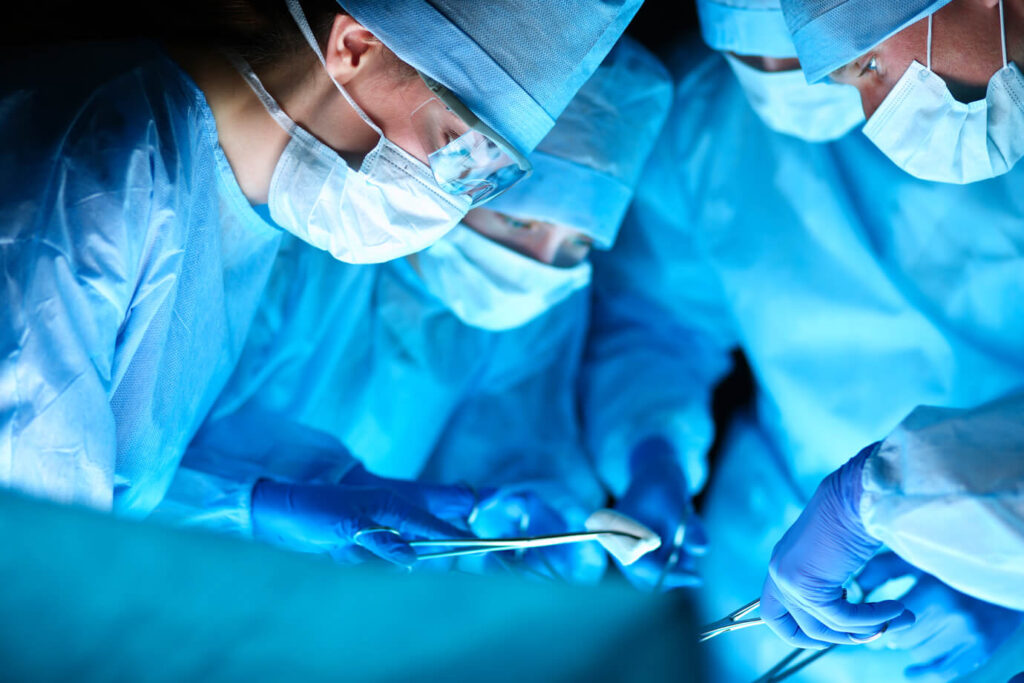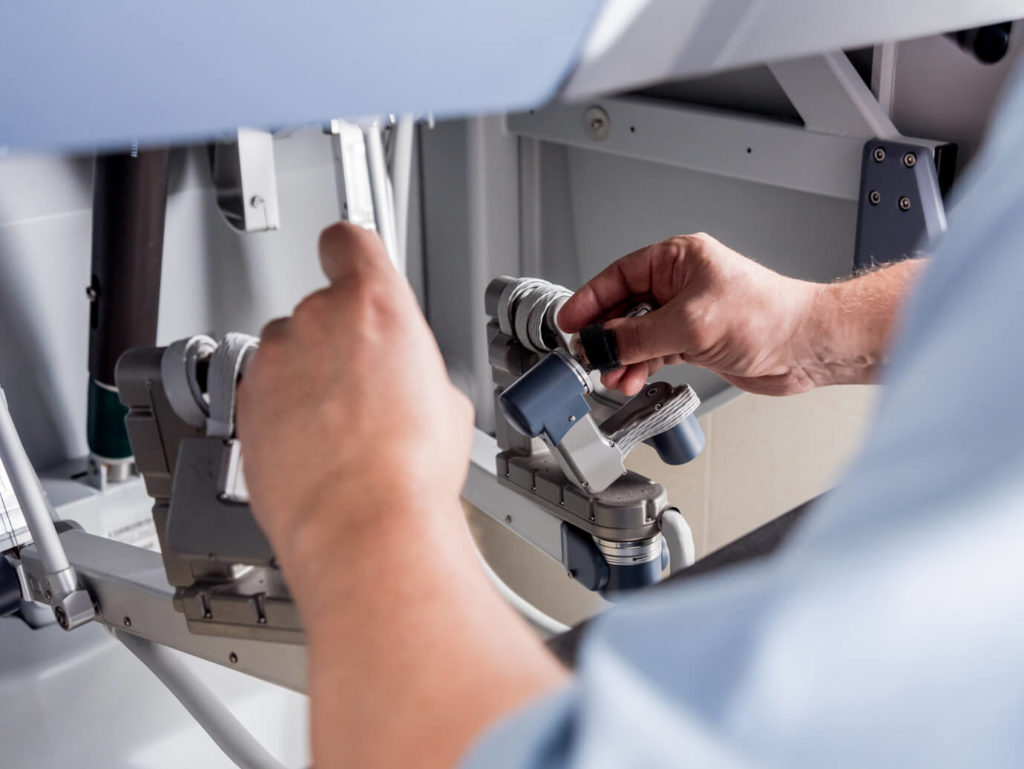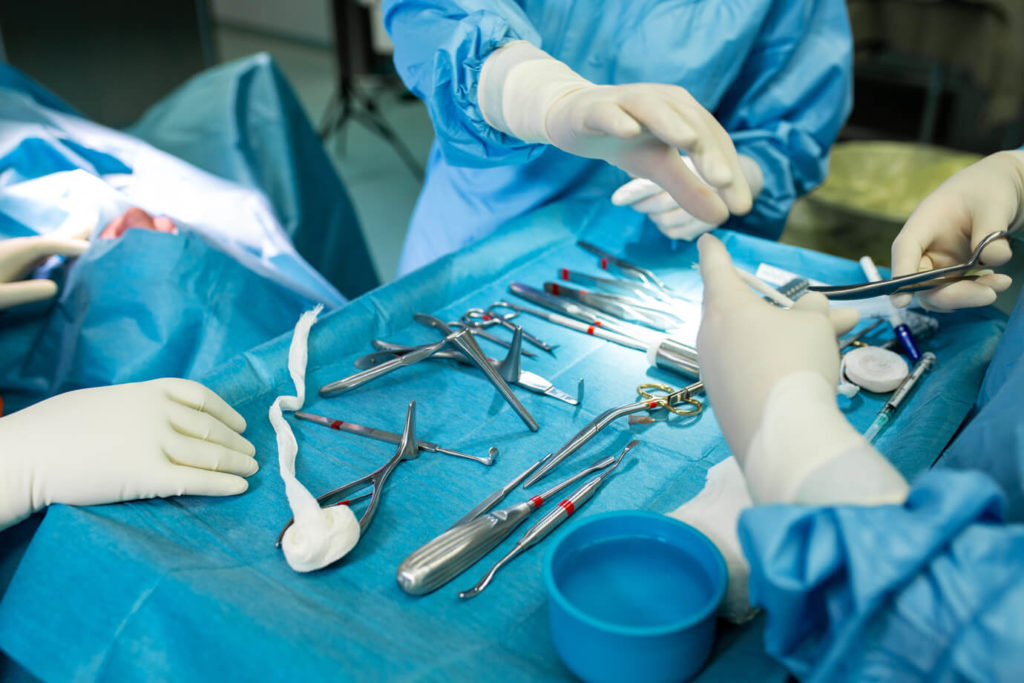
Surgical Associates of Corpus Christi
Acid Reflux
The esophagus is a delicate muscular tube that carries food from the back of the throat to the stomach.
Gastroesophageal reflux disease (GERD) is a group of symptoms that includes heartburn caused by stomach acid flowing upward into the esophagus.
A muscular valve called the lower esophageal sphincter is present at the lower esophagus as it connects to the stomach,
A poorly functioning lower esophageal sphincter will result in heartburn or regurgitation, the flow of stomach content upwards into the esophagus.
Stomach acid is damaging to the esophagus and over time can result in a change in the mucosa or lining of the esophagus.
This change can lead to Barrett’s Esophagus. Barrett’s Esophagus increases the risk of esophageal cancer in the future.
The treatment of gastroesophageal reflux disease is with medication that lowers the acid level in the stomach, as well as lifestyle changes.
Surgery is considered when the medications are no longer effective in treating acid reflux.
A surgical option is a Nissen fundoplication. This surgery involves the wrapping of the lower esophagus with the upper part of the stomach (fundus) reinforcing the natural valve.
A fundoplication is usually performed with a camera and small incisions (laparoscopically).
Diaphragmatic Hernia Repair
The diaphragm is the dome of the muscle that separates the chest from the abdomen.
The hiatus is an oval opening in the back part of the diaphragm that allows the passage of the esophagus into the abdomen.
The esophagus is a delicate muscular tube that carries food from the back of the throat to the stomach.
When the hiatus is too large, the stomach can move into the chest.
Symptoms of a hiatal hernia include:
- Heartburn
- Regurgitation or stomach content flowing upward into the back of the throat
- Trouble Swallowing
- Chest pain while eating
- Feeling full with a small amount of food
A diaphragmatic hernia can be repaired surgically.
The operation is usually performed with a camera and small incisions.
The surgery includes:
- Reducing the stomach back in the abdomen
- Repair the diaphragm making the hiatus opening smaller
- Procedure to prevent heartburn after surgery
- Securing the stomach in the abdomen preventing another hiatal hernia in the future
